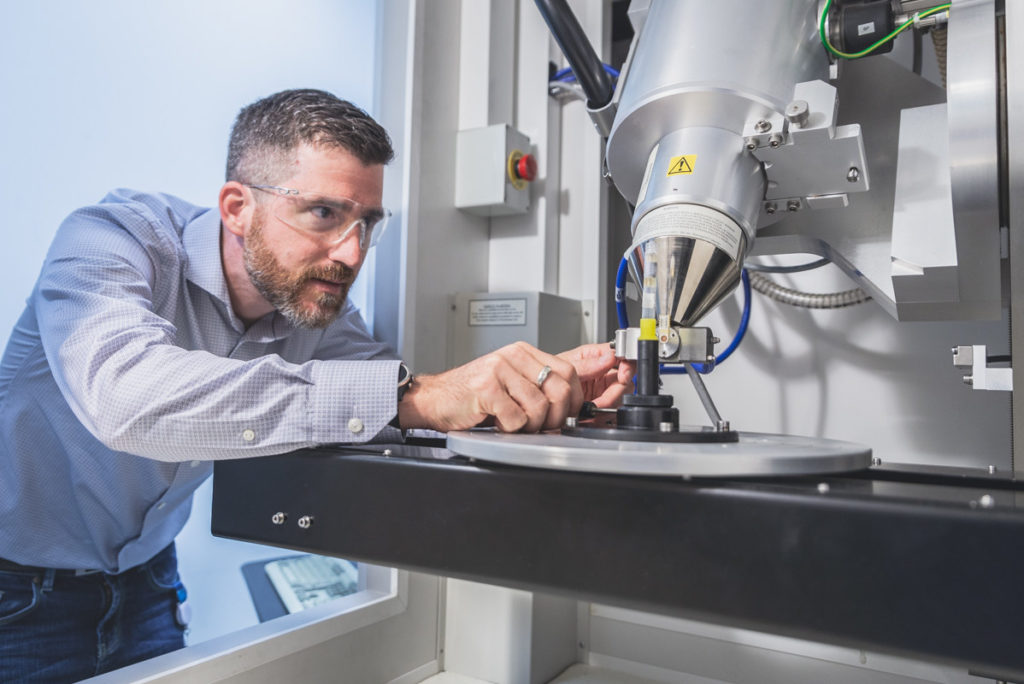Estimated reading time 3 minutes, 56 seconds.
The National Research Council of Canada and AP&C, a GE Additive company, have developed a new way to test the quality of powders used in 3D printing, leading to stronger, cleaner, safer and more reliable 3D printed parts for aerospace and medical devices.

This innovative method allows the detection of very low concentrations of foreign particles in powders using x-ray micro-computed tomography and 3D image analysis.
Using this method, each individual foreign particle is visualized; size, brightness and overall concentration are measured. In situations where cross contamination is a concern, the technique is more sensitive and discriminating than current chemical analysis.
The new method was validated with titanium powders destined for production of aerospace parts, in collaboration with industrial partners.
The teams are expanding their capabilities to other materials and metals, such as nickel alloys. The method could be very useful to qualify recycled powders in applications where safety is important.
The National Research Council of Canada and AP&C, are cooperating further on improving and developing metal powder characterization methods that are better adapted to the specific needs of the 3D printing industry.
In addition to detecting foreign particles using x-ray micro-computed tomography, the National Research Council of Canada is working on the flow of metal powders during the 3D printing process, by measuring how spherical and porous particles are.
“We hope this new method will support the industrial adoption of 3D printing and ease its implementation in highly regulated environments such as the aerospace and medical devices industries,” said Louis-Philippe Lefebvre,
powder forming team lead, Medical Devices Research Centre, National Research Council of Canada.
“As a leader with over 30 years of experience in powder metallurgy and additive manufacturing, the National Research Council is pleased to have joined forces with AP&C to improve the reliability of the manufacturing process and metal powder behaviour.”
“The competiveness of 3D printing relies heavily on the capability of machine users to recycle their powders; however, the industry is concerned that foreign particles will be introduced in the feedstock as the powder is recycled,” said Frederic Larouche, executive vice-president and chief technology officer, Advanced Powders & Coatings.
“The method we are developing could help confirm that the feedstock maintains the utmost cleanliness during processing. Leveraging our complementary research and development competencies should help speed the development of 3D printing technologies. Our partnership with the National Research Council, a recognized research organization with deep expertise in powder metallurgy and materials characterization, is supporting Advanced Powders & Coatings’ growth and allows us to offer better-integrated solutions to our partners.”
Quick facts
- 3D printing is also known as additive manufacturing: building objects by adding multiple layers of material (in this case metal) often initially in powder form;
- 3D printing allows users to produce very complex metallic objects at much lower costs, and with much more precision, compared to traditional manufacturing methods;
- AP&C, a supplier of high quality metal powders, has been collaborating for more than six years with the National Research Council of Canada on developing and characterizing titanium and nickel superalloy powders for 3D printing, metal injection moulding and other powder metallurgy processes.








